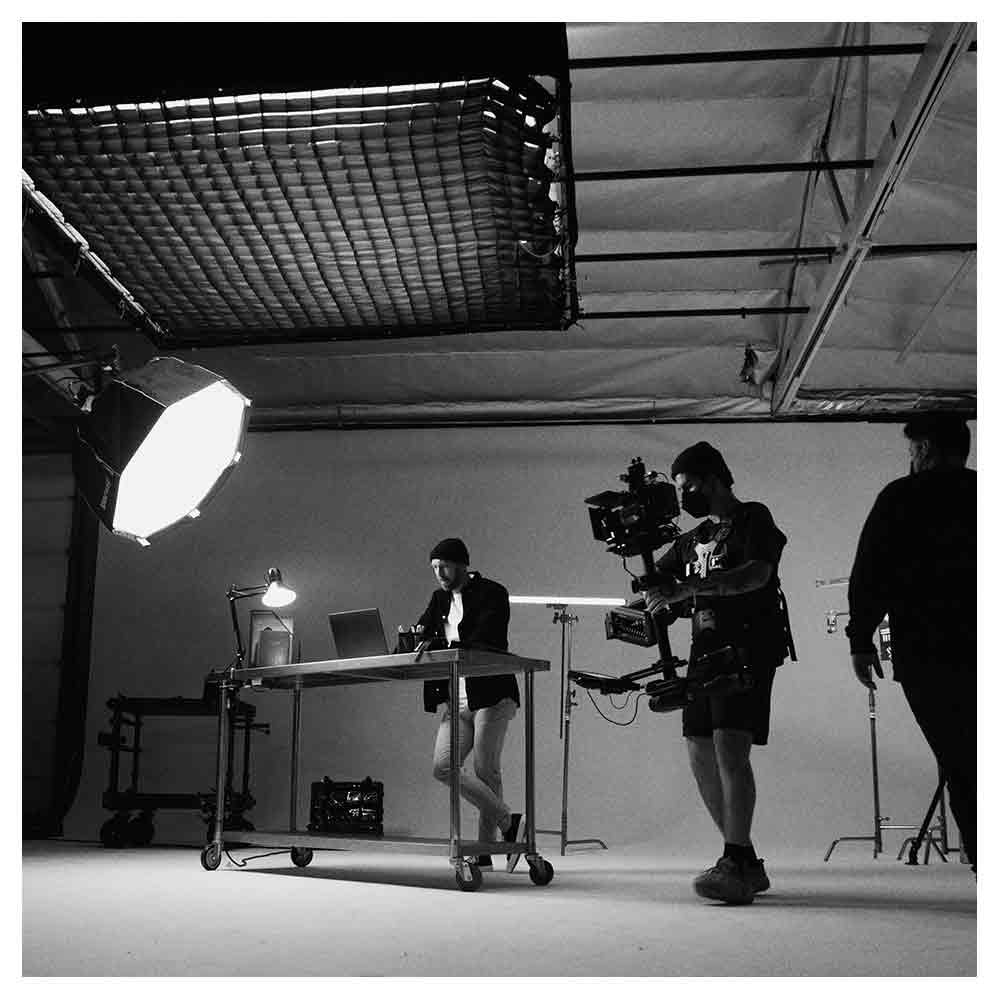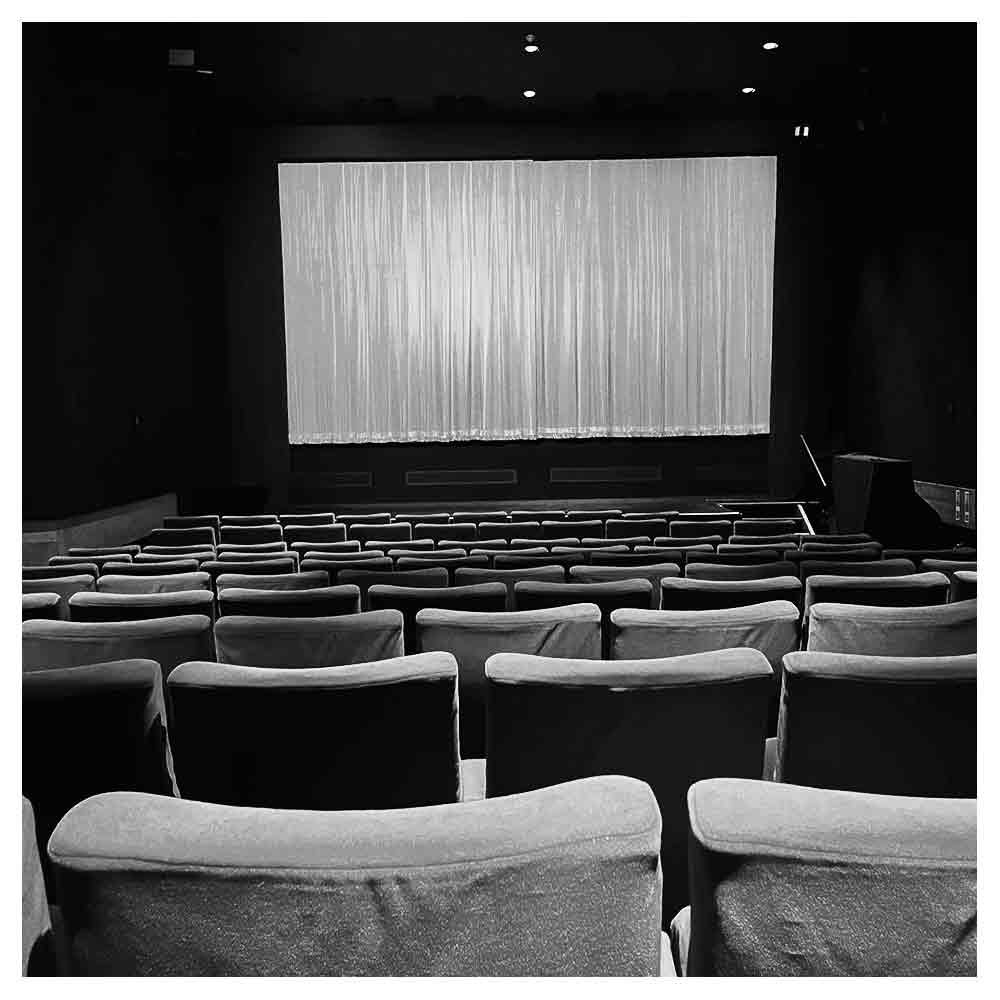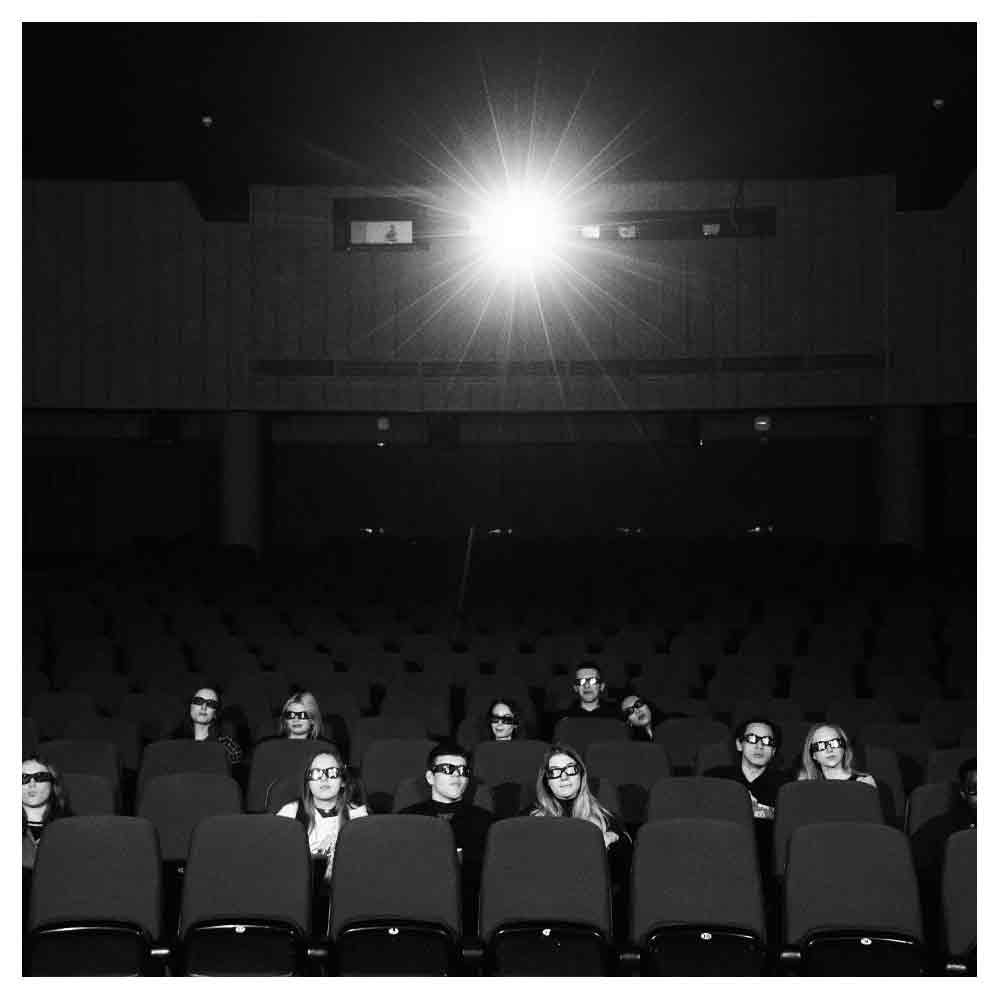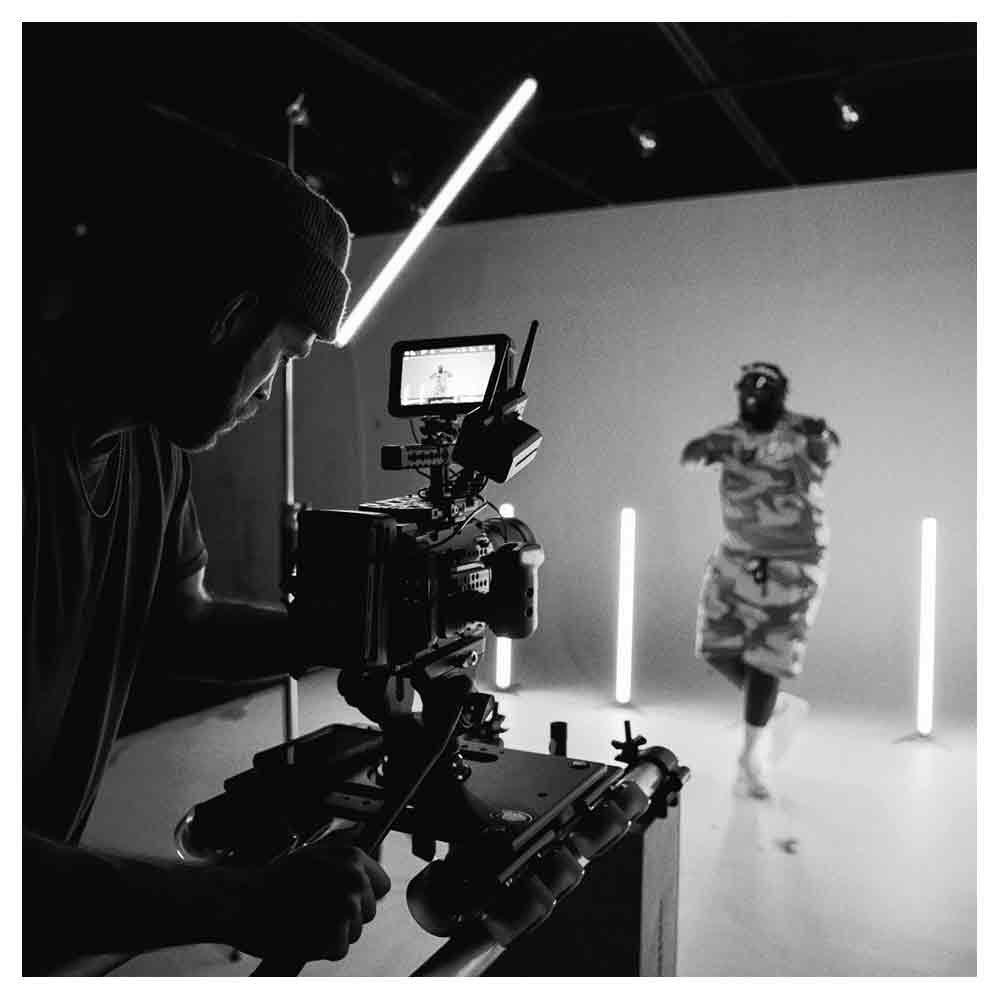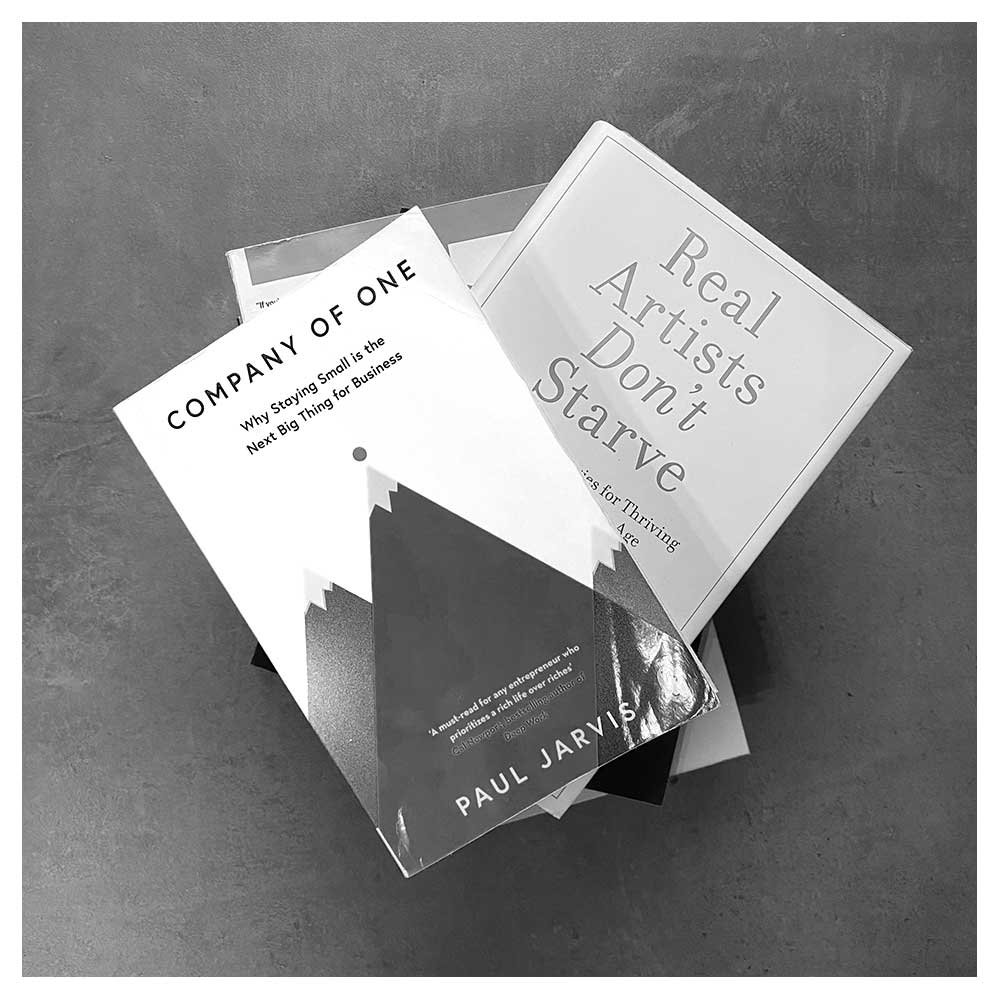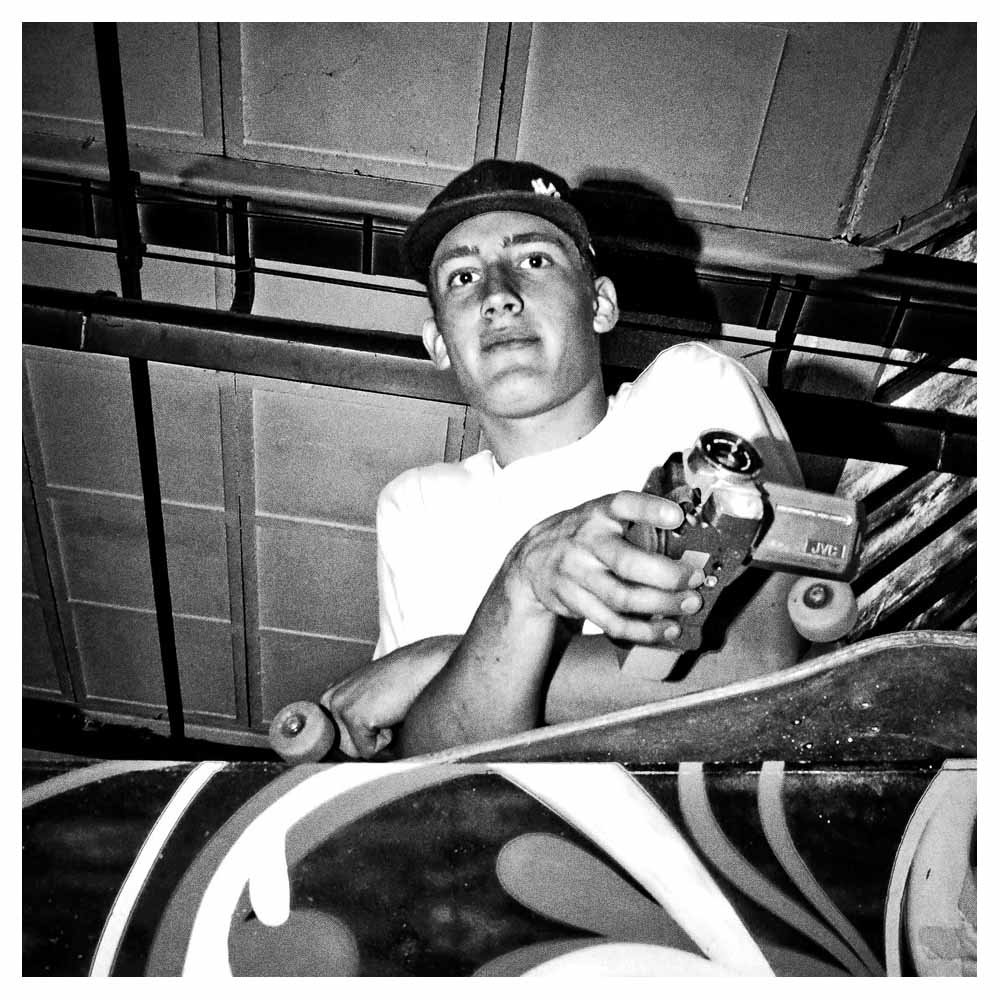How To Make A Movie: A Comprehensive Guide
So you want to learn how to make a movie? You're in the right place! In this comprehensive guide, I will walk you through the entire filmmaking process, from pre-production to the finished product.
I'll cover everything from selecting the right equipment to crafting a compelling story and even provide tips on finding the perfect location.
Pre-production
The first step in creating a movie is the pre-production phase. This is where you plan everything out before the cameras start rolling. Here are some key aspects to consider during pre-production:
Story Idea
Every great film begins with a good story. Whether creating a short movie or a feature-length production, you'll need a solid basic story to keep your audience engaged.
Brainstorm story ideas, and consider what message or theme you want your movie to convey. Remember, a good film always starts with a good story!
Script Writing and Storyboarding
Once you have your story idea, you must turn it into a script. This will involve writing dialogue, setting the scene, and describing your main character's actions and other actors' actions.
You'll also want to draw storyboards to visually plan your scenes and determine your camera angles, shot types, and more.
Location Scouting
Finding the perfect actual location for your movie is crucial. Spend some time scouting locations that fit your story and budget.
Remember that some locations may require permits or fees, so be prepared to spend money when necessary.
Casting Actors
Next, it's time to choose actors for your film. Hold auditions, and look for performers who can bring your characters to life.
Remember to include your actors in the pre-production process, ensuring everyone is on the same page with the story and their roles.
Assembling Your Crew
A successful film production relies on a talented crew. Assemble a team of crew members who are skilled in various aspects of filmmaking, such as camera operation, sound design, and lighting.
Creating a Shot List and Production Schedule
Before you start filming, create a detailed shot list and production schedule. This will help you stay organized and save time on set. Include opening scenes, essential plot points, and closing credits in your plan.
Production
Now that you have everything planned, it's time to start filming your movie. Here are some essential aspects to consider during production:
Camera Equipment
Choosing the right video camera is essential for capturing high-quality footage. Whether you're working with a high-quality camera, a camera phone, or something in between, make sure your equipment meets the needs of your project.
Remember to keep your camera steady and practice different camera movements to create dynamic shots.
Lighting and Sound
Great visuals and good sound are crucial for a great film. Use different lighting techniques to set the mood and atmosphere for each scene.
Invest in sound equipment to capture clear dialogue and ambient noise. Pay close attention to sound quality and consider using sound effects and design to enhance your film's audio.
Directing Actors and Crew
As the director, you must guide your actors and crew through the filmmaking process. Communicate your vision clearly, and collaborate with everyone on set to ensure each scene is executed as intended.
Encourage crew members to share their ideas and provide constructive feedback to create a positive and creative working environment.
Filming Techniques and Camera Angles
Experiment with various filming techniques and camera angles to make all the shots in your movie visually attractive.
Use wide shots to establish the setting, close-ups to focus on emotions and medium shots for dialogue scenes.
Don't be afraid to shoot multiple takes to capture the best performance from your actors and ensure that you have enough more footage to work with during editing.
Capturing B-Roll and Behind-the-Scenes Content
While filming your main scenes, remember to capture B-roll footage and behind-the-scenes content.
This additional material can be used in your final cut to create a richer visual experience or as promotional material for your film.
Post-Production
Once you've finished filming, it's time to bring your movie to life in the editing room. Here's what you need to know about the post-production process:
Video Editing Software and Programs
Choose the right editing software for your project. Many free video editing software options, such as Windows Movie Maker or Adobe Premiere Pro, are available.
Alternatively, you can invest in professional editing programs like Final Cut Pro or Avid Media Composer. Regardless of your choice, ensure you're comfortable with the software's interface and features.
The Editing Process
The editing process involves selecting the best shots, arranging them logically, and trimming unnecessary footage.
Start by creating a rough cut of your film, focusing on the overall structure and pacing.
Once you're satisfied with the basic flow, refine your edit by adjusting transitions, adding visual effects, and fine-tuning the timing of individual shots.
Sound Mixing and Design
During post-production, you must also focus on your film's audio. Use sound mixing techniques to balance dialogue, music, and sound effects, ensuring everything is clear and cohesive. Incorporate additional sound effects or design elements to enhance the auditory experience.
Color Correction and Grading
To give your film a polished look, apply color correction and grading techniques to adjust the appearance of your footage.
This can help you achieve a consistent visual style, fix any exposure or white-balance issues, and create a specific mood or atmosphere.
Adding Titles and Credits
Add titles, credits, and any necessary text to your film. This can include the movie's title, the names of the actors and crew, and any additional information you'd like to share with your audience.
Exporting and Distributing Your Film
Once your movie is complete, export it in the appropriate format for your intended audience.
Whether you plan to screen your film at festivals, share it online, or distribute it through a film distributor, follow any specific guidelines or requirements.
Promotion and Marketing
Finally, it's time to share your finished film with the world. Create a marketing strategy to promote your movie, generate buzz, and attract viewers.
Use social media, film festivals, and local screenings to showcase your work. Remember, a small film with a big budget can succeed if it's well-made and well-promoted.
Conclusion
Making a movie may seem daunting, but with the correct planning, dedication, and creativity, you can bring your cinematic vision to life.
Follow this comprehensive guide; don't be afraid to take risks and experiment with your filmmaking techniques. Remember that even low-budget films can significantly impact if they tell a compelling story and are executed with skill and passion.
Whether you're an aspiring filmmaker or a seasoned professional, making movies can be incredibly rewarding. Embrace the journey, learn from your experiences, and strive to improve your craft. Soon enough, you'll be ready to create your next cinematic masterpiece.
And remember, the key to success is practice and persistence. So grab your camera, gather your crew, and start your filmmaking journey today!
Good luck, and happy movie-making!
Frequently Asked Questions About How To Make A Movie (FAQs)
How do I start making a movie?
Begin by brainstorming and developing a compelling story idea. Once you have a solid concept, write a script, create storyboards, scout locations, assemble a cast and crew, and develop a shot list and production schedule. Finally, gather your equipment and start filming.
Can I make a movie on a low budget?
A successful low-budget film is possible by focusing on a solid story, innovative production techniques, and effective marketing strategies.
Use affordable equipment, free editing software, and volunteer cast and crew members to help keep costs low.
What are the different stages of movie production?
Movie production consists of three main stages:
Pre-production (planning and preparing)
Production (filming)
Post-production (editing and finalizing the film)
Each stage has its own unique set of tasks and challenges.
How do I choose the right actors for my movie?
Use casting websites and hold auditions to find actors who effectively portray your characters and deliver convincing performances.
Consider their experience, skill level, and ability to work well with the rest of the cast and crew.
How can I improve the visual quality of my movie?
Experiment with camera angles, movements, and shot types to create a visually engaging film.
Additionally, pay close attention to lighting, composition, and color correction during production and post-production.
How do I ensure good sound quality in my movie?
Invest in quality sound recording equipment and use proper microphone placement to capture clear dialogue and ambient noise.
In post-production, use sound mixing techniques to balance the levels of dialogue, music, and sound effects.
What are some resources to learn more about filmmaking?
Online tutorials, filmmaking blogs, workshops, and film school programs can provide valuable information and practical experience.
Additionally, networking with other filmmakers and joining filmmaking communities can offer invaluable guidance and support.
How can I improve my storytelling skills for making movies?
Study screenwriting techniques, read scripts from successful movies, and watch films with strong narratives to learn effective storytelling methods.
Also, consider joining screenwriting workshops or taking online courses to develop your skills further.
How do I find the right locations for my movie?
Scout potential locations that fit your story and budget, considering accessibility, available resources, and any necessary permits or fees. Consider both practical and aesthetic factors when choosing locations.
How can I make my movie stand out in the film festival circuit?
Focus on creating a unique, engaging story with strong characters and a clear message or theme. Pay attention to technical aspects such as cinematography, sound design, and editing, and invest time in creating a polished final product.
Additionally, carefully research and target film festivals that align with your movie's genre or target audience.
How do I secure funding for my movie?
Explore various funding options such as crowdfunding campaigns, grants, private investors, and film industry funds.
Create a detailed budget and production plan to demonstrate your project's viability and potential for success. Be prepared to pitch your movie to potential funders, emphasizing its unique qualities and marketability.

